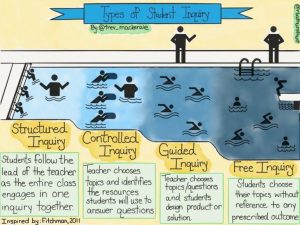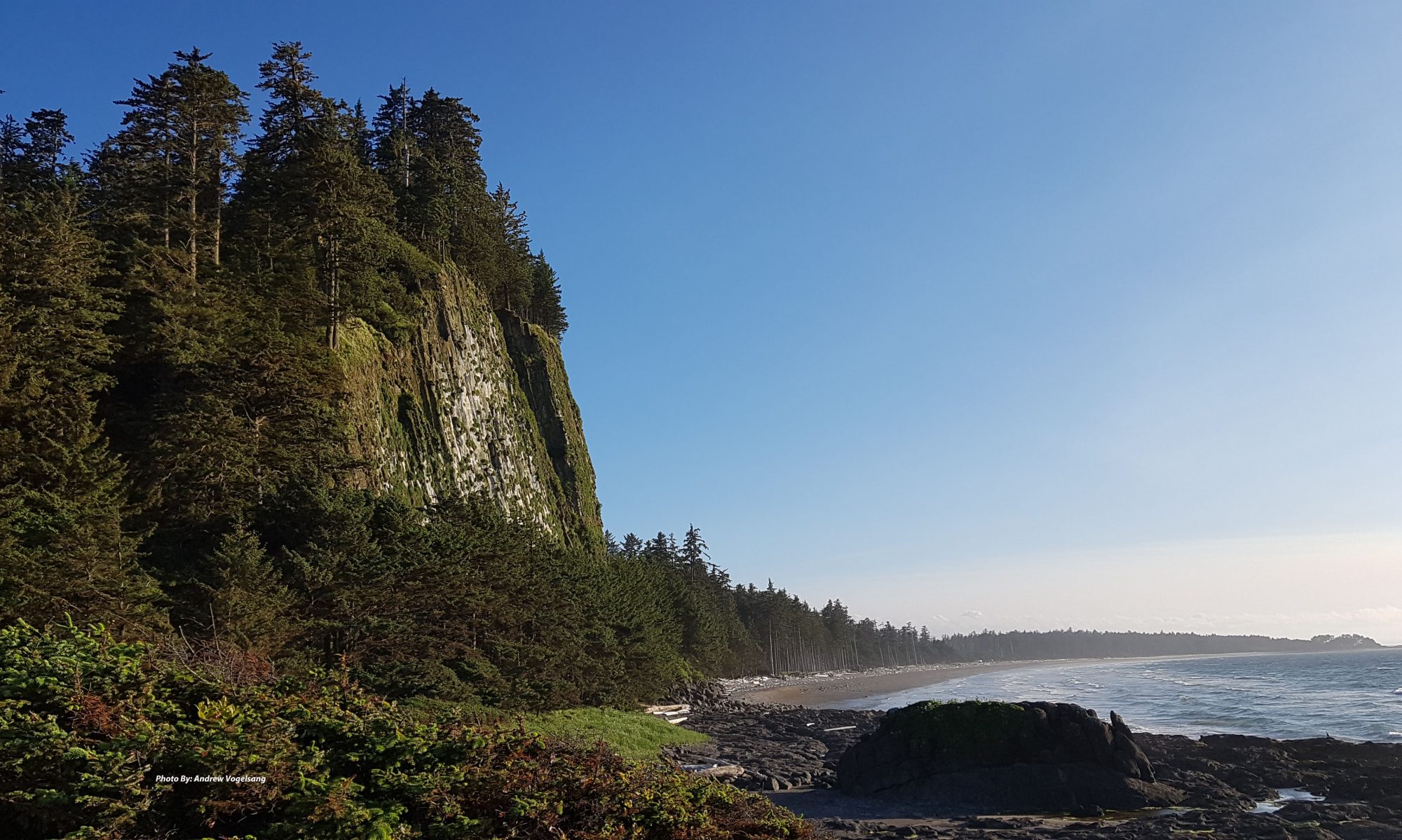
What I have learned this semester is a huge question. To be honest, I, like most of my students, thought I would enter class and “do” the courses. I am not sure if that comes from a place of arrogance on my part, or if it was uncertainty. As the classes moved forward, I was finding myself meta-cognating on my practice. I found myself engaging on the possibilities of researching my own practice, with the aim of improving myself as an educator. I found myself embracing the ideas, and possibilities, of networks beyond my own jaded views of the social mediums. I found myself listening to my colleagues, and their diverse experiences and fields; learning more about what I could gleam from them. From Kindergarten teachers to high school, north and south, east and west, we are all struggling with how to open our ideas of learning, instead of trying to protect our classroom bubble. We, as educators, struggle with our practices, whether semi-retired, or 3 years in. We, as educators, can all learn and adapt our classrooms for the good of the students, ourselves and our schools. This is just the start of our journey as a cohort, but we are going to grow together as a community. The following are some thoughts I have, as to what I have learned this semester.
I heard, many years ago, that I should look at inquiry as a teaching tool. As I looked at the classroom I was running, with the individualized learning and streamed software, I realized this was, in fact, an inquiry classroom. Mic drop…. I win. However, when the idea that there are different levels of inquiry, was brought to my attention, I was forced to pick the mic back up, as I was not doing it very well. That is not to say that students were not successful in my class, it is just that there was not as much success as there could have been. I went too far at the start, and did not properly incorporate all the scaffolded levels of inquiry. I jumped right to guided inquiry, which left some students behind. I had to adapt on the fly. That is to say, I had to, as the researcher of my classroom, redefine the method, and try the next cycle again.
In the ideas of research in the forms of diary-based research, action research, and phenomenology, are all valid. For me to move forward in my practice, I must reflect. I must see, in real time, what is happening and act on rectifying, or enhancing, a situation to allow for movement forward. Furthermore, I need to reflect on what is happening in the class, and adapt my ways of facilitation: that would be action research. Education is beyond numbers, and counts, as each individual learner is different. There needs to be more than one way for them to see and react to their learning. To do something well with one student, may also work with another, later on. When learning becomes more individualized, the ideas of how to educate each person must be adaptable. Phenomenologically speaking, I must help the students to share their lived experience, as learners, by allowing them to share their lived experience with a project. I think group-talks between classmates about a project will allow for a shared experience and deeper level understanding of their own thoughts, and the thoughts of others. This process will, hopefully, help them to see the project in different lights and lenses of understanding. Furthermore, there may be an overarching struggle with the assignment, that are seen by the groups of students, and that group and I may come up with, a great way to move themselves forward. This should be documented by myself, and allowed as an exemplar to future students. The more tools that are in the kit, allows for an increased ability to reach a myriad of students and their needs. As I have alluded to in a previous post, our practice is, in essence, research. Moreover, when doing research on our practice we become both the researcher, and the researched.

There is a desire to reach the level of depth in inquiry. In the 568 class, run by Trevor MacKenzie, we took a look at the levels of inquiry, shown using a diagram of the pool (see above). There are many levels, or depths, of inquiry. They range from: starting with structured, controlled, guided, and ending with free inquiry. I know, ideologically, that I can not just throw the students into the deep end (free). That would be a huge mistake. However, we must not keep them in the shallow end due to our comfort. The pool metaphor is apt because if one were to go into a public pool, they would see that there are people in all the depths. Some shallow, some deep. In my inquiry classroom, the ideal situation would be to have that “public pool mentality”. Have the kids swimming everywhere based on their abilities. I would strive to move the students from the shallow to the deep through structured, and controlled inquiry. However, once in the free inquiry, it is not good enough to just tread water in the deep end, we should aim to be diving and grabbing objects off the pool floor; we should always push our ability. How would I move them through different depths? Observation, journaling, and revision through the natural flow of action research.
As inquiry evolves in my classes, and my school, choice will be even more valuable as we are exiting the age of teacher as “dispenser of all knowledge” and moving towards having them acquire the knowledge through personal preference and passion. It is essential that the experiences of inquiry are built, or scaffolded, through previous inquiry knowledge, and attempts, on both our parts, as educators, and on the part of students. Every swimmer starts in the shallow end with water wings and feet on the floor. That is essential because we are teaching them a new skill so they don’t drown. To put a student in the position of “drowning” is not acceptable. Furthermore, putting ourselves as educators in a position to drown is equally unacceptable. Assumptions of a student’s abilities can lead to problems. There are students who may max-out at the guided stage, or controlled stage, and there are others who will excel at the free stage way faster than we anticipated. That, as an idea, sounds like a diverse and functional inquiry based classroom to me.
In my Photography 11 class, in the past few years, I have taken a criteria assignment, inquiry approach, that is teacher led, but with a lot of freedom in execution. An example being, with fast vs slow shutter speed. There is a requirement as to the number of each type of photo that must be handed in, with a personal reflection attached. However, what students take pictures of is up to them. Freedom is very important and allows for a vast variety of work. However, when they get to Photography 12, the way in which they move themselves forward, in the class, is deep-end, free inquiry. I have exemplars, that I show the class at the beginning of the year to help them see how much work is involved to get to the end project. I conference often with the students, and pull many back to the shallower ends of the pool, if needed. I have had 3 students actually complete a totally unguided, free inquiry project, and the results were outstanding. It was great to see the students fully immersed in their learning, by challenging themselves in their work. The buy-in was huge. Furthermore, the buy-in is still very high, even in the shallower end inquiries. It is the idea of choice that is driving the success in my classes.
My goal, as an educator, is to put this into effect in all my classes. I am making strides, but have a long way to go, in creating a cohesive practice. Every step forward is movement towards
the end goal of true inquiry, and I am realizing that steps are enough. As I mentioned earlier, to try to make the shift in one leap was not efficacious, to either myself or the students. I have to create a space of comfort and understanding to allow my students to be willing to step out of their comfort zones. I appreciate all that the students have given to me, and my practice, in terms of trust and work. I know that, together, we will keep growing our abilities, as people, to become truly engaged life-long learners.
Andrew Vogelsang
